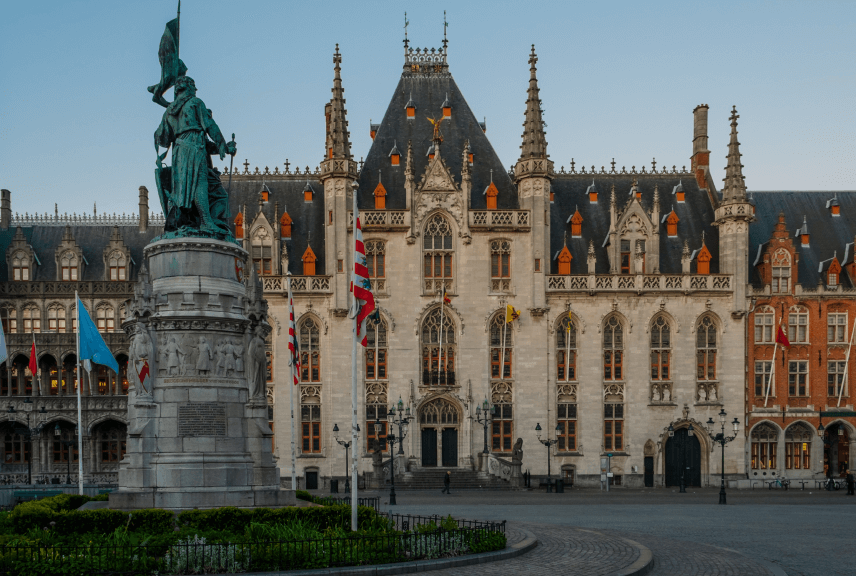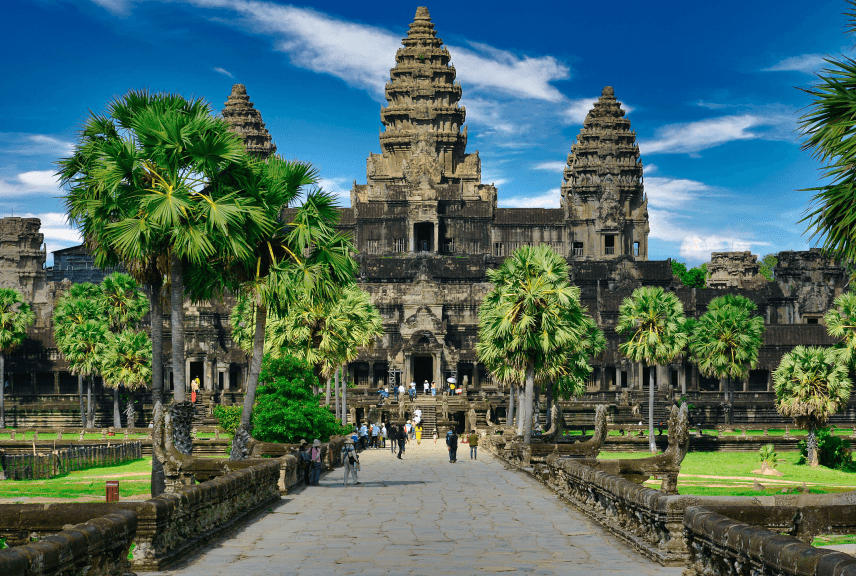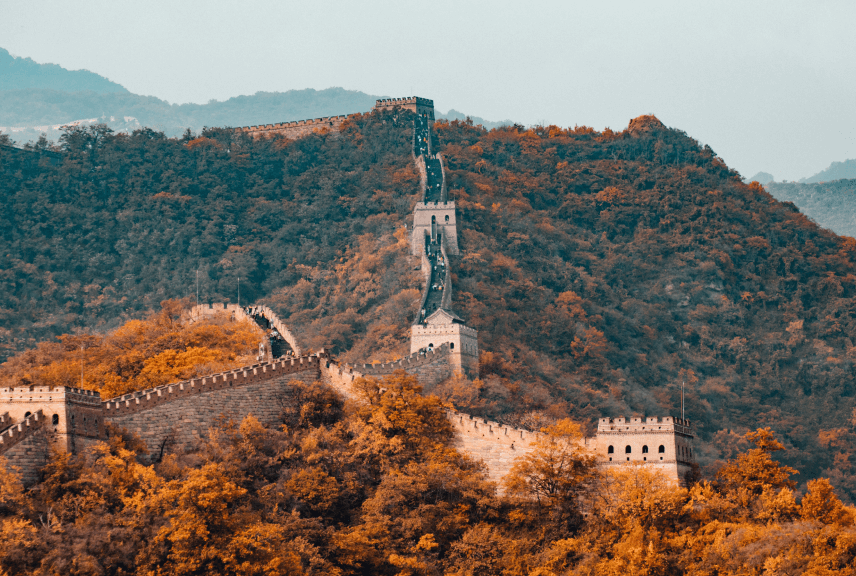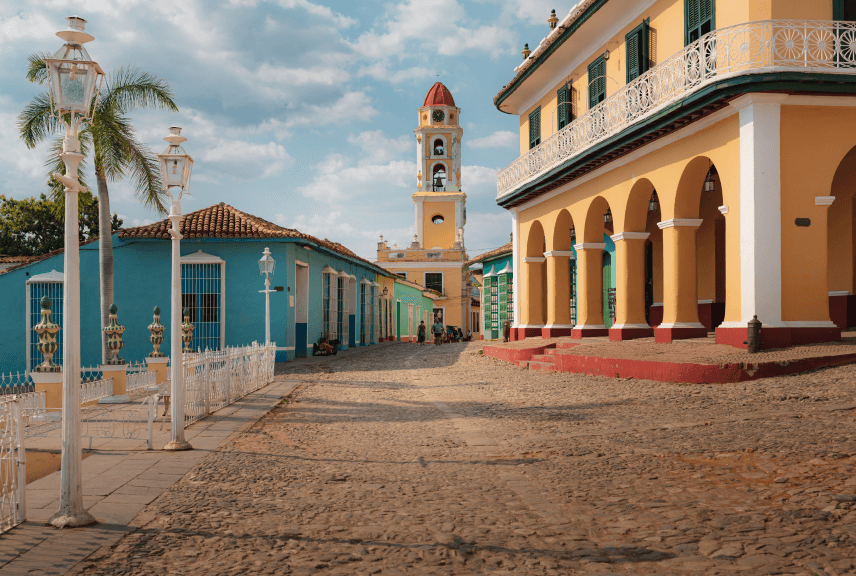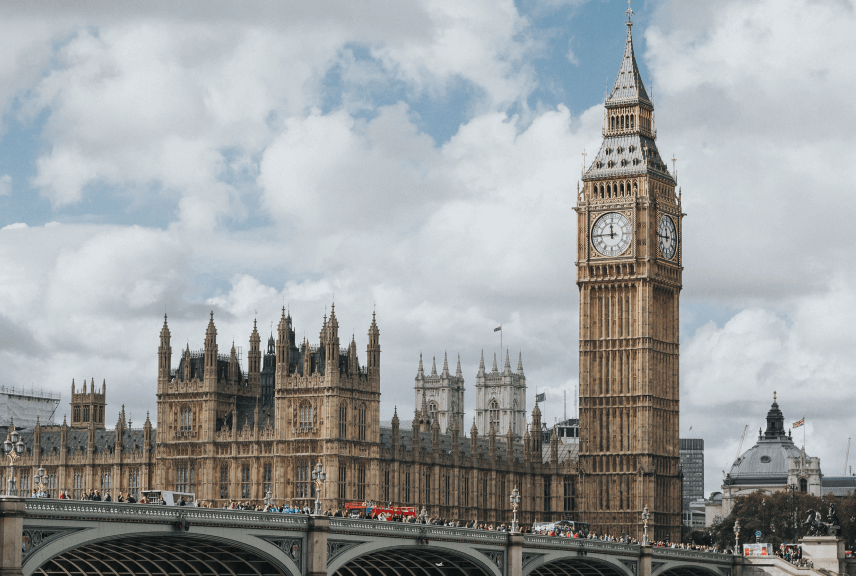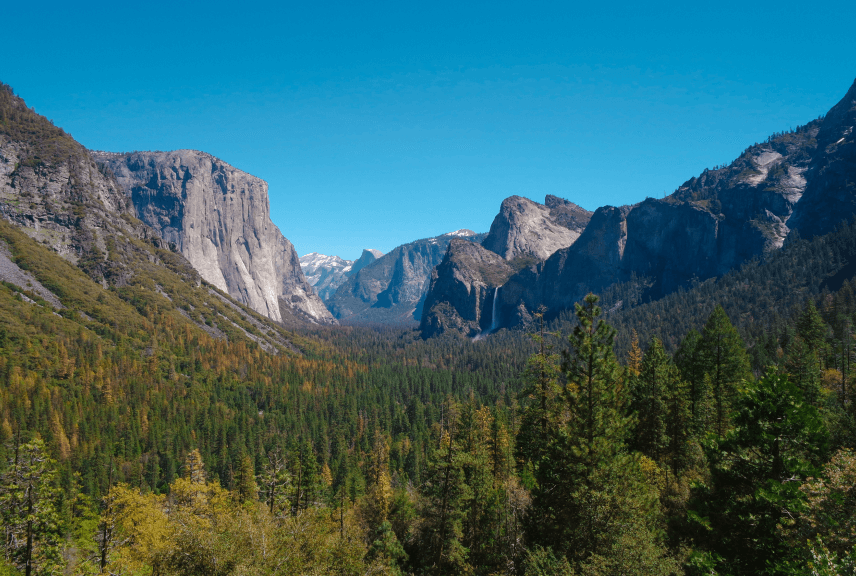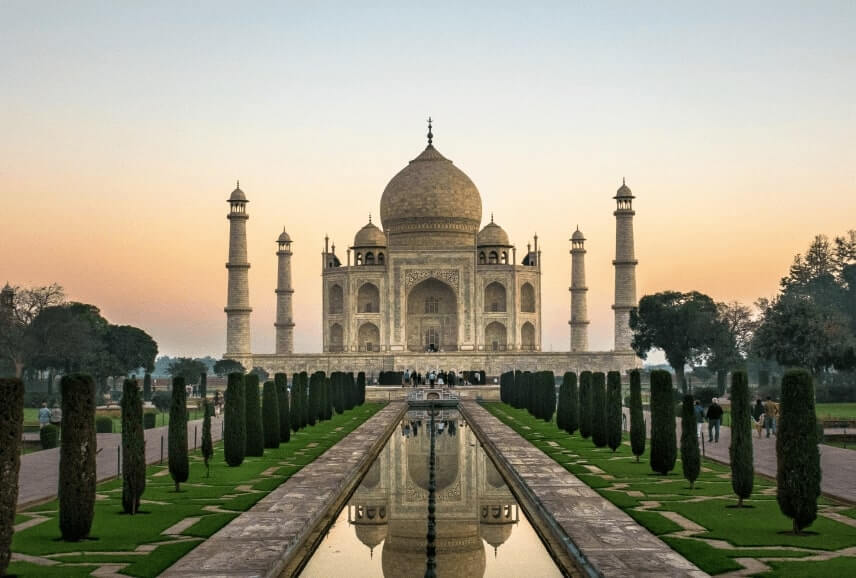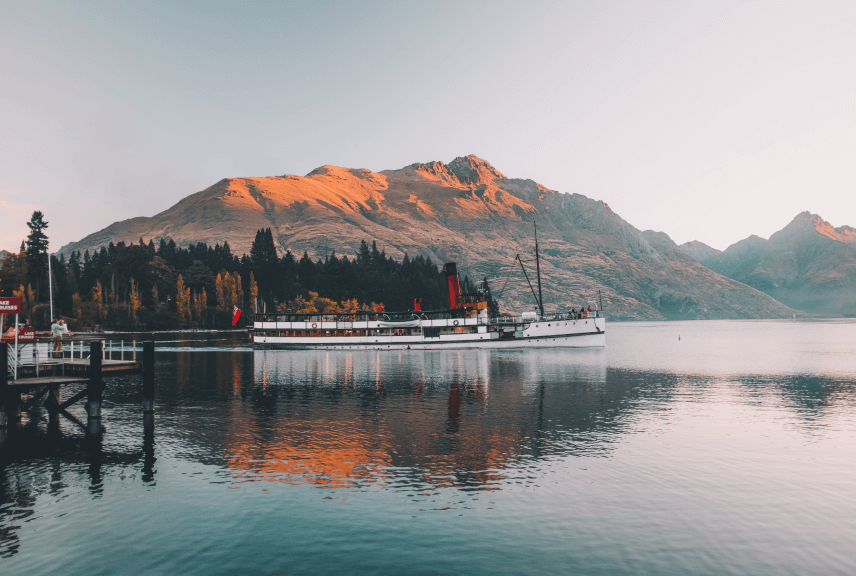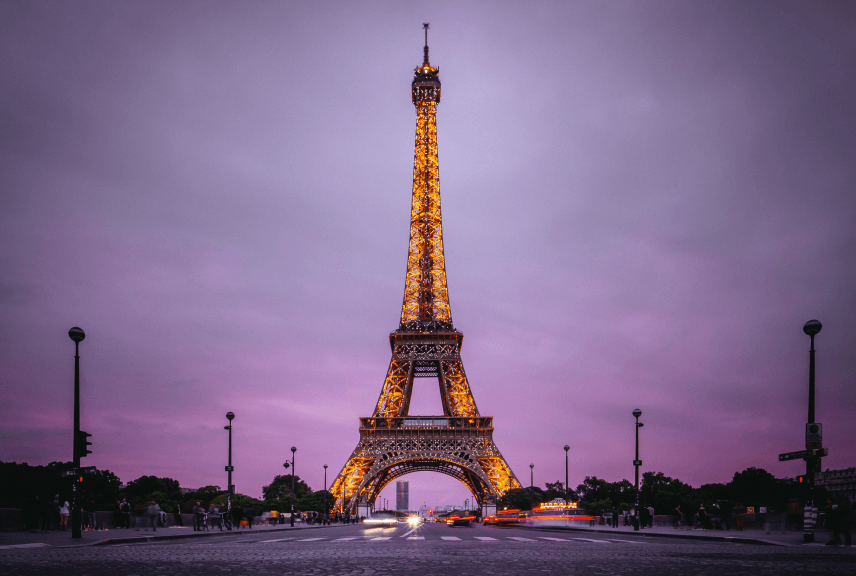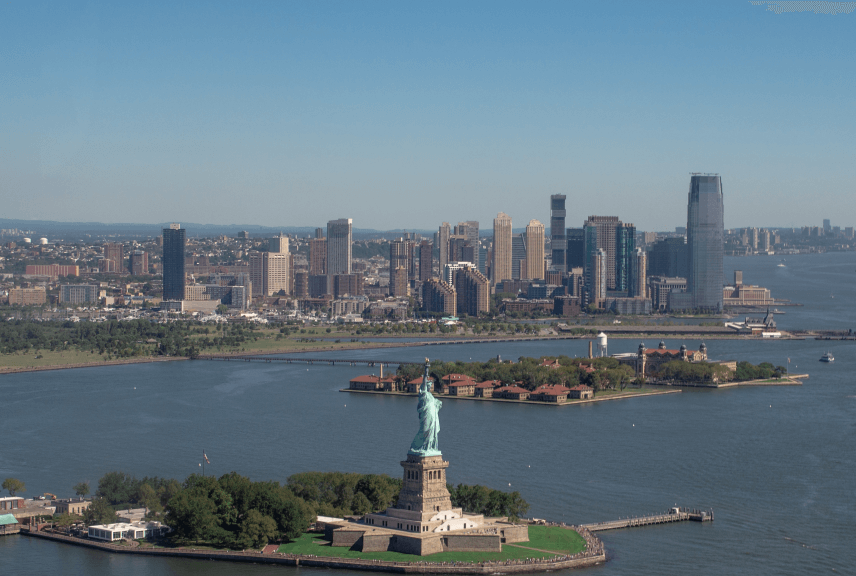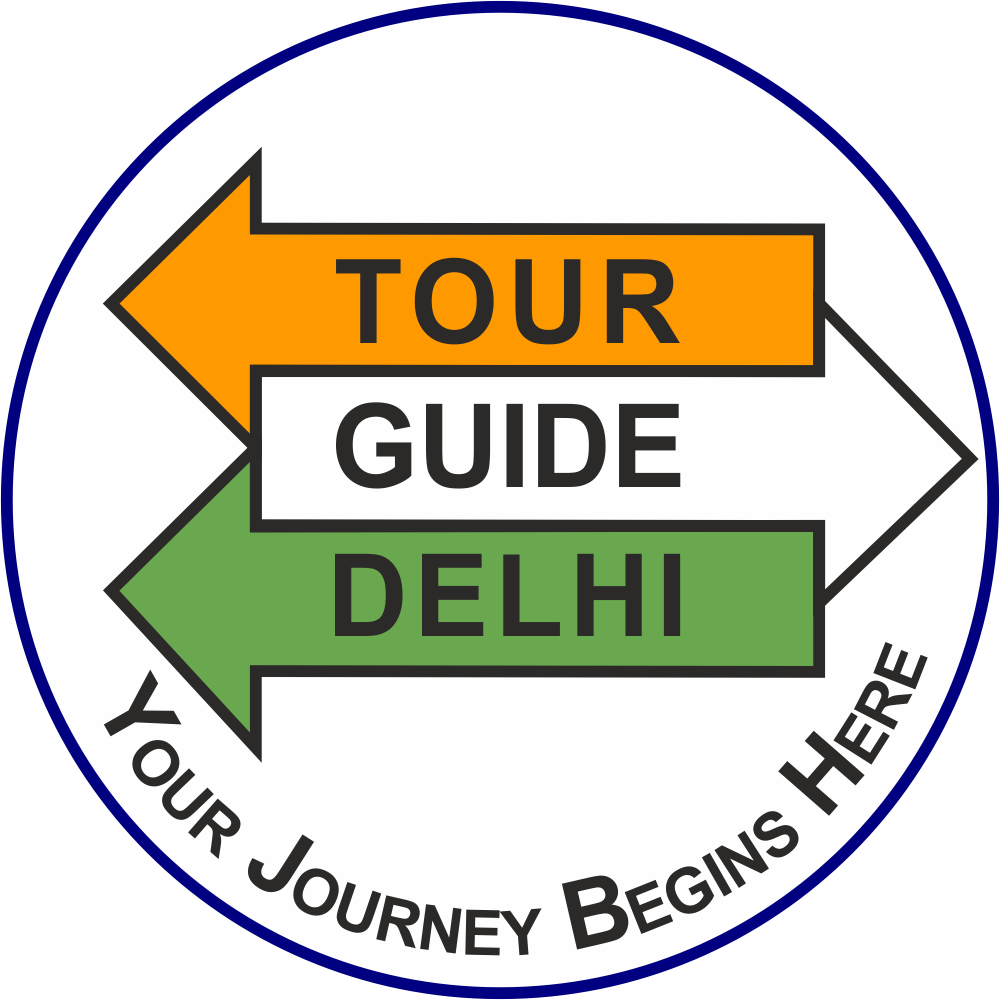
Dear Travelers,
Namaste  !!! Welcome to Tour Guide Delhi!!!
!!! Welcome to Tour Guide Delhi!!!
Introduction Welcome to India, where every corner offers an adventure and every moment is steeped in history. As you prepare for your journey, we’ve compiled a list of frequently asked questions to help you navigate the wonders of this vast and diverse nation with ease and excitement.
Jama Masjid, Red Fort, Akshardham Temple, Gurudwara Bangla Sahib, Humayuns’s Tomb, Gandhi Smriti, National Museum, Lodhi Garden, Lotus Temple, Qutub Minar.
Taj Mahal, Agra Fort, Itimad-ud-Daulah’s Tomb, Mehtab Bagh, Akbar’s Mausoleum, Fatehpur Sikri, Gurudwara Guru ka Tal, Wildlife SOS, and Moti Masjid.
Amber Fort, City Palace, Hawa Mahal, Jantar Mantar, Birla Temple, Nahargarh Fort, Jaigarh Fort, Albert Hall Museum, Patrika Gate, Shri Govind Dev Ji Temple.
Yes, you would need a visa to enter India. The good news is that applying for an Indian visa has never been easier, thanks to the e-Visa system. You can apply online and receive your travel authorization electronically, ensuring a smooth start to your Indian escapade.
India’s climate is as diverse as its culture. While the country is known for its warm weather, the best time to visit is from October to March when the temperatures are cooler and more comfortable for exploring. However, if you’re heading to the Himalayan regions, the summer months offer clear skies and pleasant weather for trekking.
While there are no mandatory vaccinations for entry into India, it’s recommended to be up-to-date with routine shots such as tetanus, hepatitis A and B, and typhoid. Consult with a healthcare professional well in advance of your trip to ensure you have all the necessary immunizations.
Kindly Consult your doctor for recommendations. Common vaccinations include hepatitis A and B, typhoid, and tetanus.
Staying healthy in India is all about taking precautions. Drink only bottled or purified water, eat freshly cooked food, and carry hand sanitizer. Mosquito repellent is also a must to protect against mosquito-borne diseases.
Kindly Note that, it’s not advisable to drink tap water directly. Stick to bottled or filtered water to avoid waterborne diseases. Also Opt for freshly cooked meals, avoid street food with questionable hygiene, and peel fruits before eating them.
Pack light, breathable clothing, a good pair of walking shoes, and a hat for sun protection. Don’t forget your camera to capture the stunning scenery and vibrant street life. And remember, modest attire is appreciated, especially when visiting religious sites.
India is generally safe for travelers. However, like any destination, it’s important to stay aware of your surroundings, avoid isolated areas at night, and keep your valuables secure. Respect local customs and traditions, and you’ll find that the warmth of the Indian people will make you feel right at home.
It’s a respectful greeting with folded hands. Use it when meeting locals. Namaste, a term deeply rooted in the cultural ethos of India, transcends mere greeting. Derived from Sanskrit, ‘Namaste’ is an amalgamation of two words, ‘namah’ and ‘te’, which together signify ‘I bow to you’. This traditional salutation is imbued with a profound respect for the spiritual essence inherent in every being.
The essence of Namaste lies in its spiritual connotation—‘I bow to the divine in you’. It is a recognition of the belief that the soul in one person acknowledges the soul in another. The physical act of placing palms together at the heart chakra, bowing the head, and closing the eyes, enhances the sincerity of the gesture, symbolizing the meeting of minds and the honoring of the heart and soul.
When traveling through the vibrant landscapes of India, photography becomes an irresistible part of the journey. However, it’s essential to navigate this practice with cultural sensitivity and awareness.
Most Indians like their pictures to be taken but still Before you click the shutter, seek permission. A polite request is often met with a warm smile and a nod. This simple act of respect can transform a photograph from a mere snapshot into a shared moment of human connection.
Remember, while capturing the beauty of India and its people, your camera is not just a tool but a bridge between cultures. Use it to foster understanding and respect, ensuring that your memories are not only preserved in pixels but also cherished in the hearts of those you photograph.
Credit cards are widely accepted in cities and tourist areas, and ATMs are readily available. However, it’s always a good idea to carry some cash, especially in smaller towns or rural areas where digital transactions may not be as common.
You can Exchange currency at authorized banks or currency exchange counters. Avoid exchanging money with unauthorized individuals.
Indians value respect and courtesy. When greeting someone, a simple ‘Namaste’ with palms together is appreciated. Kindly note that it is required to remove your shoes before entering someone’s home or a place of worship. And always use your right hand for eating and exchanging items, as the left hand is considered unclean.
Kindly dress modestly, especially when visiting religious sites. For women, covering shoulders and knees is respectful.
In the heart of India’s bustling streets and serene landscapes, tipping locally as ‘baksheesh’ is more than a transaction; it’s a smile in monetary form, a silent ‘thank you’ for services rendered with warmth.
While not mandatory, tipping is a common practice across the country’s service sectors. From the diligent waiters in the aromatic corners of local eateries to the helpful porters at bustling train stations, a tip is a way to acknowledge their effort and enhance their day.
The amount is less important than the sentiment; typically, 10% of the bill or a modest sum that reflects your satisfaction with the service.
So, the next time you’re mesmerized by the flavors of a meal or touched by the hospitality of a guide and driver, remember that a tip, however small, is a powerful way to say, ‘I value you’.
Driving in India can be chaotic. Consider hiring a local driver or using public transportation.
We take pride in our team of drivers, the unsung heroes of the road who ensure your journey is as splendid as the destination. Our drivers are not just behind the wheel; they are the heartbeat of your travel experience, steering you through the scenic routes of India with unmatched expertise and a deep understanding of the terrain.
Each member of our driving team is handpicked for their impeccable skills, extensive knowledge of local routes, and commitment to safety. They are the custodians of your comfort, navigating with precision and care to make every mile a memory worth cherishing.
Our drivers are more than just chauffeurs; they are ambassadors of hospitality, embodying the spirit of ‘Atithi Devo Bhava’ (The guest is equivalent to God). With a friendly smile and a readiness to assist, they go beyond the call of duty to ensure your satisfaction.
Choose Tour Guide Delhi for a journey where the drive is as delightful as the arrival, and where the best drivers are at your service, making every trip an extraordinary adventure.
Embarking on a long drive across the diverse landscapes of India can be an exhilarating experience. The open roads beckon with a promise of adventure, and the changing scenery from bustling cities to serene countryside offers a feast for the senses.
Here’s how you can make the most of your long drives in India, ensuring they’re as enjoyable as they are memorable.
Embrace the Early Start Rise with the sun and hit the road early. The tranquility of dawn offers not just cooler temperatures but also less traffic. You’ll find the roads more open, allowing you to cover significant distances with ease. Plus, there’s something magical about watching the world wake up as you journey through it.
Breaks Are Your Best Friend Long drives are marathons, not sprints. Regular breaks are essential — Stretch your legs, hydrate, and take in the views. These pauses in your journey are opportunities to appreciate the journey itself.
Savor the Scenery and; explore. The beauty of a long drive in India is in the myriad of sights, sounds, and smells you’ll encounter. Stop for that roadside chai, take that photo of the sunset, and chat with the locals. This way you will make the best memories.
End with a Smile As your journey concludes, reflect on the experiences you’ve gathered. Each long drive in India is a tapestry of memories, woven from the roads you’ve traveled, the people you’ve met, and the sites you’ve seen. Finish your drive with a heart full of gratitude for the journey and a smile for the miles.
Long drives in India are not just about reaching a destination; they’re about discovering a path — a path that leads you through the heart of this beautiful country and, in the process, reveals a little more about yourself.
Conclusion: India is a country that never ceases to amaze. With its rich tapestry of experiences, there’s something for every traveler to discover. Armed with these FAQs, you’re now ready to embark on a journey filled with wonder, learning, and unforgettable memories. So pack your bags, embrace the adventure, and let India’s magic unfold before you & let India weave its magic around you.
